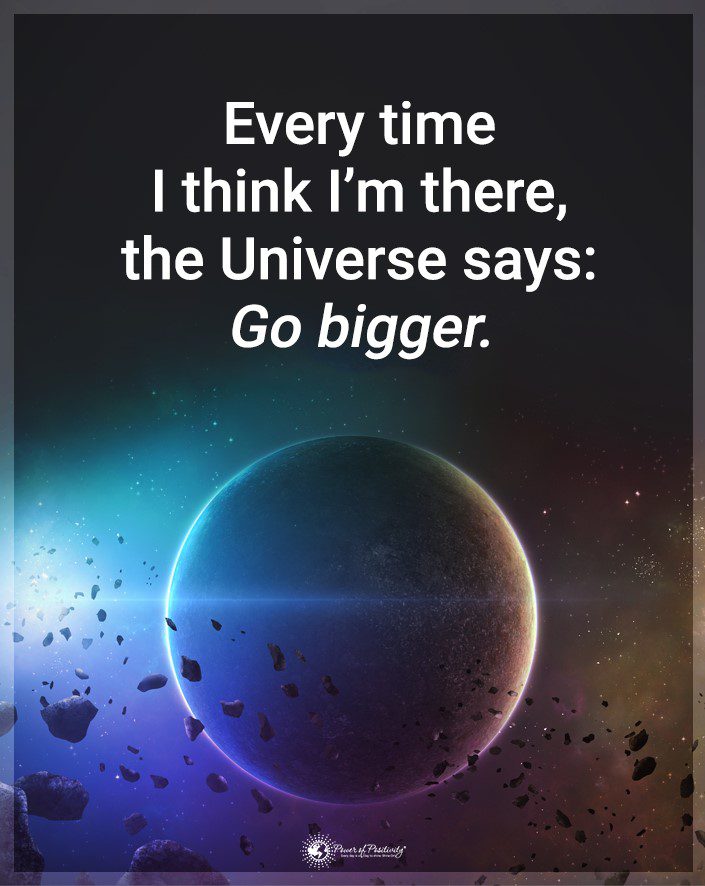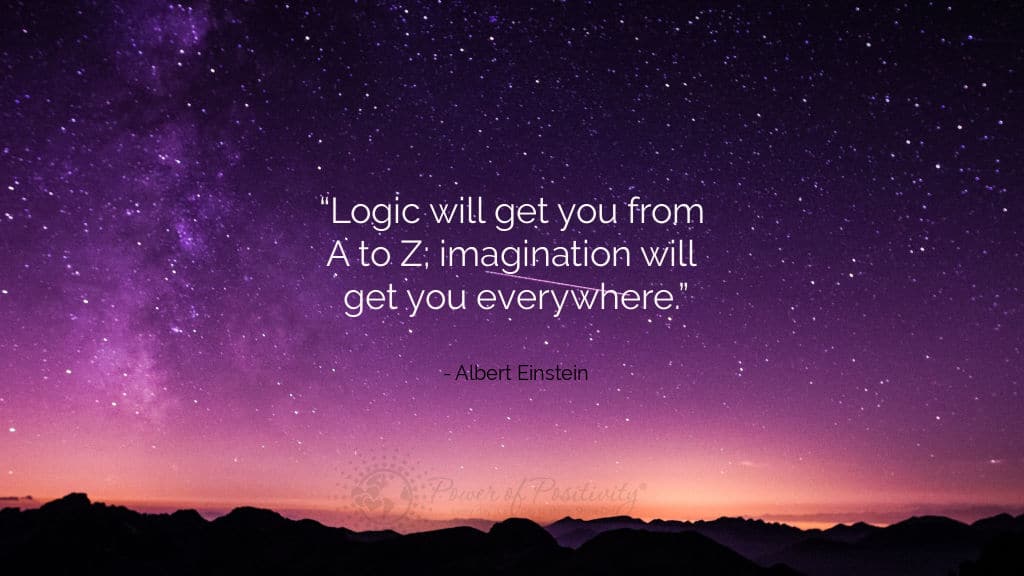Has the future of time travel finally arrived?
Recent theories from two distinguished Princeton University physicists suggest we might be closer than we think.
They state, “We have constructed a traversable wormhole solution in four dimensions.”
But what does this mean?
First, let’s understand the concept of a “traversable wormhole solution.” Second, how is this “traversable wormhole solution” related to the idea of time travel? And third, does this mean scientists are on the brink of discovering instantaneous space travel?
A brief overview of the history and theory of time travel is essential to grasp these developments fully.
The History of Time Travel
“There are really four dimensions, three which we call the three planes of Space, and a fourth, Time.” ~ H.G. Wells, “The Time Machine.”
The words time travel describe the act of “moving” from one point in time to another. As a notion, time travel has been depicted as occurring at multiple points between the ‘past-present-future’ continuum.
Where did it come from? A science fiction book, naturally.
As strange as it sounds, the words time travel weren’t prominent in the English lexicon until around 1895. For this was the year when H.G. Wells “The Time Machine” hit dusty, old bookshelves.
Soon after, time travel would become something of an obsession for theoretical physicists.
Before the publishing of Wells’ book, the conceptual history of time travel was limited. In Hindu and Buddhist philosophies, the relativity of time is mentioned. In literature, short tales from Israel and Japan also mention the concept of time travel to some degree, although the term time travel is never used.
But things got interesting when the famous scientist Albert Einstein wrote something called The Foundation of the General Theory of Relativity.
First, let’s discuss an important – though oft-overlooked – aspect of time travel: the illusion of time.
The Illusion of Time
“The distinction between the past, present, and future is only a stubbornly persistent illusion.” ~ Albert Einstein
We don’t need to be Einstein to understand that time is relative. That is, “time” as it is generally understood, is an illusion.
“But wait? We get old. Right?”
Yes, we do. But we get old in the now, not “in time.” Just as you were once young in the now, and not “in time.” There is nothing tangible about the past or future. Physical appearances and the world of materiality have nothing to do with time.
Aside from the fact that time was invented by (granted, a really smart) human being, time does not ever coincide with our dualistic perception of physical reality. Here’s a quote from the article “The illusion” in Nature that pretty much says it all:
“The malleability of space and time mean that two events occurring far apart might even happen in one order when viewed by one observer, and in the opposite order when viewed by another.”
You get old in space, not in time. Actually, you get old in spacetime. Another quote; this one from a British particle physicist Brian Cox: “You have to get old because of the geometry of spacetime.”
As Einstein’s relativity theory demonstrates, the passing of time fluctuates relative to how fast one travels. In theory, then, one can relocate across space and be in a different time.
Wormholes and Time Travel
Things just got weird – and they’re about to get a lot weirder.
Enter wormholes.
Theoretically, a wormhole makes it possible to travel between two points in the Universe in an instant. Hop in a wormhole, and you may just end up at the edge of the Universe for all we know. Or maybe you’ll move right next to yourself. Or on top of yourself. Ok, you get it.
And if you guessed wormholes to be the working of Einstein, you’re right. More precisely, wormholes are the brainchild of the Einstein-Rosen bridge theory. An Einstein-Rosen bridge is a theoretical structure – a wormhole – connecting two points in spacetime.
To help us visualize a wormhole, think of space as a two-dimensional (2D) plane. The hypothetical wormhole would look just like a big hole on the surface of this plane. But underneath it is a 3D “tube” connecting to another 2D space.
And, just as tubes can serve as a slide at your local waterpark, the tubes of a wormhole can, in theory, spit you out the other end too.
According to a scientific paper titled ‘Traversable wormholes in four dimensions,’ three theoretical physicists, including two from the prestigious Princeton University, constructed a travelable wormhole. In a laboratory.
The Einstein-Maxwell Theory
The research team credits their success to the Einstein-Maxwell equations, which attempt to explain the “geometric and causal structure” of spacetime. It is on the causal side where “vacuum” anomalies, such as black holes and wormholes, are thought to reside.
According to the researchers, only through the entanglement of two black holes via a large magnetic charge were they able to devise the wormhole. Further, these holes must be kept apart, at least for a while, until the electromagnetic radiation causes them to lose energy and eventually merge…”
The problem? Well, no one actually knows what happens on the other side of a black hole. One must dive in and hope for the best. Any volunteers?
A Quick Recap
If everything sounds like a bunch of gibberish, there’s nothing wrong with you. Trying to explain something as abstract as spacetime and wormholes with always lead to confusion and frustration for almost everyone.
Here is a recap summarizes nicely and neatly into four bullet points:
- Time is relative to one’s position in space, as demonstrated by Einstein’s Special Theory of Relativity.
- The Einstein-Maxwell equations introduce the theoretical existence of “vacuum anomalies” – black holes and wormholes.
- The Einstein-Rosen bridge theory further elaborates on the existence of “bridges” that connect two different points in space-time, in theory, creating a shortcut to points in space.
- A research team claims to have constructed a travelable wormhole in a lab setting.
Final Thoughts: The Point of Time Travel?
“Two things are infinite: the universe and human stupidity; and I’m not sure about the universe.”~ Albert Einstein
Our planet has got a lot of problems.
Unless addressed post-haste, climate change’s effects threaten Earth’s very existence and its inhabitants.
Rogue states like North Korea and Iran have nuclear warheads. The former think it’s cool to fire one anywhere they please.
Rapid technological advancement, which we once thought was a panacea to the world’s ills, is instead being used to oppress and interrogate innocent citizens.
This all begs the question: where does time travel fit into all of this?
Honestly, it appears to be challenging to come up with an answer. Instead, an inquisitive retort comes to mind. Namely: do we not have more pressing things that require our attention and resources?
While scientists are cooped up in some obscure lab building wormholes, our planet’s fate hangs in a precarious balance.
Should we blame these scientists for their work? Of course not. They’re doing their job and, presumably, the intellectual work sought after by the powers that be.
Meanwhile, many of us have drastically underestimated our individual power to make a difference in this world. Many of these same people are fascinated by news of wormholes.
Of course, “these same people” implies most of us.
Hey, maybe time travel could offer up some planet-saving solutions in the future.
Meanwhile, we have the technology needed to make the Earth cleaner, greener, and less dangerous now. Things like solar panels, biodegradable plastic bags, portable water sanitation systems, and much more.
Does the latest and greatest scientific discovery so transfix us that we lack the wherewithal, the vision, to use the technology we have to make the world and the planet a better place?
The answer to the question “What is the point of time travel?” is now quite apparent.
It’s entertainment.
When will we not be okay with being entertained while our fate and that of the planet rests in the balance?















 Community
Community

